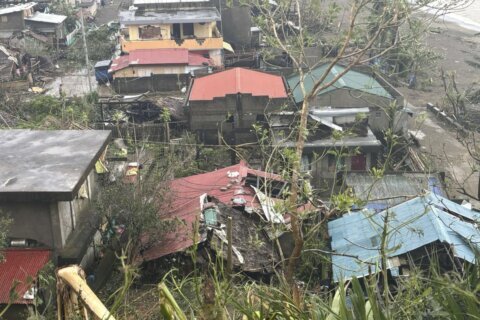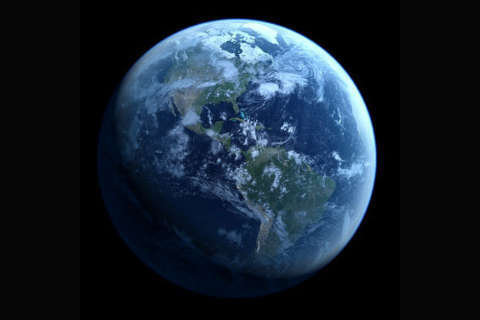BONGA, Philippines (AP) — Thousands of people who fled their homes in the central Philippines to escape a restive volcano have to contend with another threat that’s complicating the ongoing evacuations: monsoon rains that could be unleashed by an approaching typhoon.
More than 6,000 villagers have been forced to leave rural communities within a 6-kilometer (3.7-mile) radius of Mayon volcano’s crater in northeastern Albay province. Thousands more need to be moved to safety from the permanent danger zone, officials said.
Others living outside the perimeter have packed their bags and voluntarily left with their children for evacuation centers in Albay, which was placed under a state of calamity on Friday to allow more rapid disbursement of emergency funds in case a major eruption unfolds.
Authorities raised the alert level for the volcano on Thursday after superheated streams of gas, debris and rocks cascaded down its upper slope, indicating activity below the surface that could precede a hazardous eruption within days or weeks.
A key tourist draw for its picturesque conical shape, the 2,462-meter (8,077-feet) Mayon is one of the country’s most active volcanoes. It last erupted violently in 2018, displacing tens of thousands of villagers.
Authorities warned that Typhoon Guchol, which is approaching the Philippines from the Pacific but is projected to skirt the archipelago, may still dump heavy rains — an unwelcome news for those living near Mayon’s slopes.
“There’s a typhoon and floodwaters may rush down Mayon and swamp this village. That’s one of our fears,” Villamor Lopez, a house painter, told The Associated Press.
He sat worriedly with his relatives clinging to their bags of clothes, rice in pouches and bottles of drinking water on a pickup truck hauling villagers from Daraga town in Albay to an emergency shelter several kilometers (miles) away.
Other residents chatted on a roadside near a chapel, still undecided whether to leave.
A loudspeaker in their laid-back community of low-slung rural houses and narrow dirt alleys warned people to prepare to evacuate anytime if the situation worsens. In the overcast sky above them, the volcano laid hidden by thick rainclouds.
Village leader Dennis Bon, who was preparing to drive Lopez and others to the shelter, said he would not risk waiting until the last minute.
“We have children, persons with disabilities and elderly residents here,” Bon said, before he drove off.
Albay Gov. Edcel Greco Lagman and Welfare Secretary Rex Gatchalian said they were prepared if monsoon rains were to trigger mudflows and rockfalls.
“We will still make sure that we will have no casualties from any compounded calamities,” Lagman said.
Despite growing worries among many villagers, those who have survived Mayon’s eruptions over decades were taking the latest threats in stride.
In Bonga village near the volcano, a few men gingerly took a bath in a stream of spring water flowing down Mayon’s lush foothills and washed two motorcycles near boulders as big as cars that had rolled down years ago during past eruptions.
They shrugged and smiled when asked if the volcano’s new rumblings had struck fear.
The Philippines lies along the Pacific “Ring of Fire,” the area around the ocean rim where tectonic plates meet that is prone to earthquakes and volcanic eruptions. A long-dormant volcano, Mount Pinatubo, blew its top north of Manila in 1991 in one of the biggest volcanic eruptions of the 20th century, killing hundreds of people.
___
Associated Press journalist Aaron Favila contributed to this report.
Copyright © 2024 The Associated Press. All rights reserved. This material may not be published, broadcast, written or redistributed.






